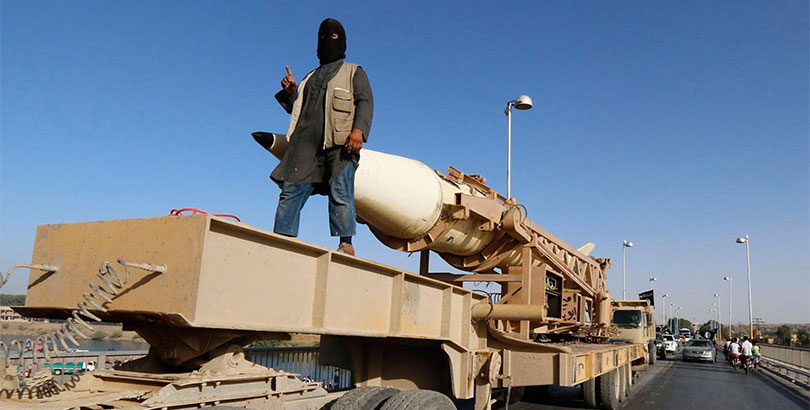The terrorization of Middle Eastern nations, including Iraq and Syria, by the Islamic State of Iraq and Syria (ISIS) in order to establish an Islamic state ruled by strict Sharia law is typically perceived as an irrelevant issue in Korea. This is primarily because of the underlying assumption that this issue is a distant one with which the Americans are ‘responsible’ of dealing with. Compared to Korea’s critical responses to nearby issues such as Hong Kong’s umbrella revolution or Korea’s own Sewol ferry tragedy, Korean responses towards the ISIS are distinctly more indifferent. For example, the stark discrepancy existing in the level of awareness is evident from the fact that 600,000 articles concerning the Sewol ferry were published on Naver news, while a mere 5,000 about the ISIS were published.
Despite the fact that ISIS’ geographical isolation that may create the illusion that its problems are remote, it is time that Koreans acknowledge ISIS as a relevant, impending crisis and understand its potential to become prevalent in Korea as well. According to Hee-Soo Lee, president of the Korea Islam Institute, there are now approximately 150,000 listed Muslims in Korea, 45,000 of which are ethnically Korean. The exponential growth of the Muslim population is important, but more important is Koreans’ devotion, as a quarter of the ethnically Korean Muslims have declared themselves to be “highly active practitioners”.
This is not to overgeneralize and claim that all Muslims will or have joined the ISIS and are practicing Islamic extremism. Rather, I am highlighting that with such an increase of Muslim presence in Korea comes an exposure to expanding Islamic ideas, not withstanding its fundamentalist branch. Such a phenomenon was apparent in France, a country where a tenth of its population is Muslim, when more than 1,000 youths went on, and are continuing, to join the Jihad. With “Kim,” a Korean 17-year-old male only identified by his surname, and his decision to join the ISIS, the effects of ISIS are now manifesting themselves in Korea as well.
Because social media is the main medium through which the ISIS reaches out to its younger audience, the South Korean government has implemented special lessons on the ISIS for elementary, middle and high school students in public schools to combat the local advances of the group. However, as students attending an international school, we are less acquainted with such systematic preventative measures, and when only armed with the superficial piece of information that ‘the ISIS is a bad terrorist group’, we should acknowledge that we are not safe from the ISIS’ ideas and deeds that are expanding worldwide.
It will no longer suffice to have barely enough information to patch together a shallow idea of what we believe to be the ISIS, but we should be offered chances to discuss the crisis at school, thoroughly delve into various aspects of the crisis and be prepared to defend ourselves when the ISIS does hit Korea in full-scale. Furthermore as we remember that most of us will proceed to integrate ourselves into American culture as college students, it is necessary that we begin to form resolute opinions that will remain firm, despite the influx of opinions, both good and bad, that will surface concerning the Middle Eastern crisis. By understanding the foundations of the ISIS and engaging in discussion in it, SIS students will be able to partake an active role in combatting against the ISIS crisis in the global world, stepping out of their local niche.

